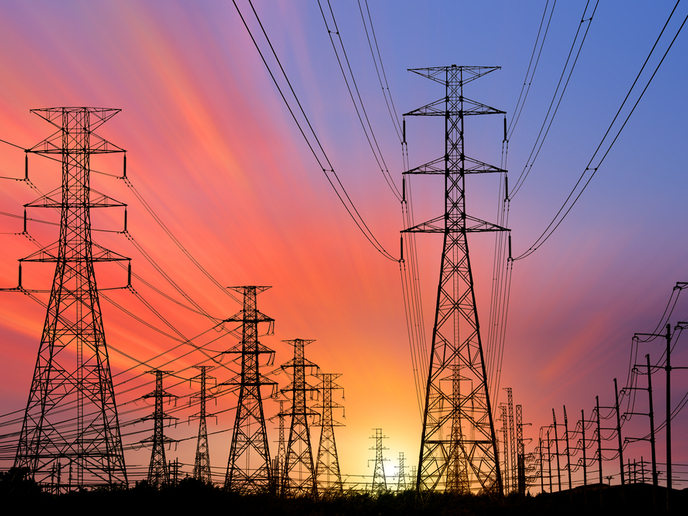A revolutionary laser system
Currently available high-intensity lasers deliver a petawatt of power at a rate of one laser pulse per second. However, practical applications in high-energy physics require laser sources that can run at higher repetition rates and demonstrate higher efficiencies. Scientists envisage a 10-kHz repetition rate operation, which implies an average laser power of 100 kW. Although fibre lasers are well suited to high average power applications, ultrafast ones produce very low energy pulses because of optical nonlinearities. Scientists initiated the EU-funded project 'International coherent amplification network' (ICAN)(opens in new window) to harness the efficiency, controllability and high power capability of fibre lasers to produce high-energy, high-repetition rate pulse sources. Through a series of conferences and workshops, the project examined the possibility of coherently adding pulses from thousands of fibre lasers. Such a system should provide the necessary power and efficiency that could economically produce a large flux of relativistic protons over millimetre lengths. A laser system for high-energy physics requires thousands of fibres, each carrying a small amount of laser energy. It offers the advantage of relying on well-tested telecommunication elements. Due to laser diode pumping, excellent efficiencies are recorded. To further explore this laser system concept, scientists covered many different aspects, ranging from fundamental physical limitations to potential laser manufacture. In particular, they examined efficiency as well as average and peak power limits of coherently combined ultrafast laser systems. In addition, spatial and temporal recombination of a large number of fibre amplifiers have been studied as well as the spatial and temporal beam quality. Focus was also placed on reducing pulse duration and manipulating pulse shape. The final project outcome included an implementation map and a roadmap highlighting technical roadblocks, proposed solutions and manufacturing methods to increase international membership and awareness. ICAN technology may also find important applications in nuclear transmutation, energy-specific gamma beams for isotope identification as well as in nuclear pharmacology and proton therapy.







